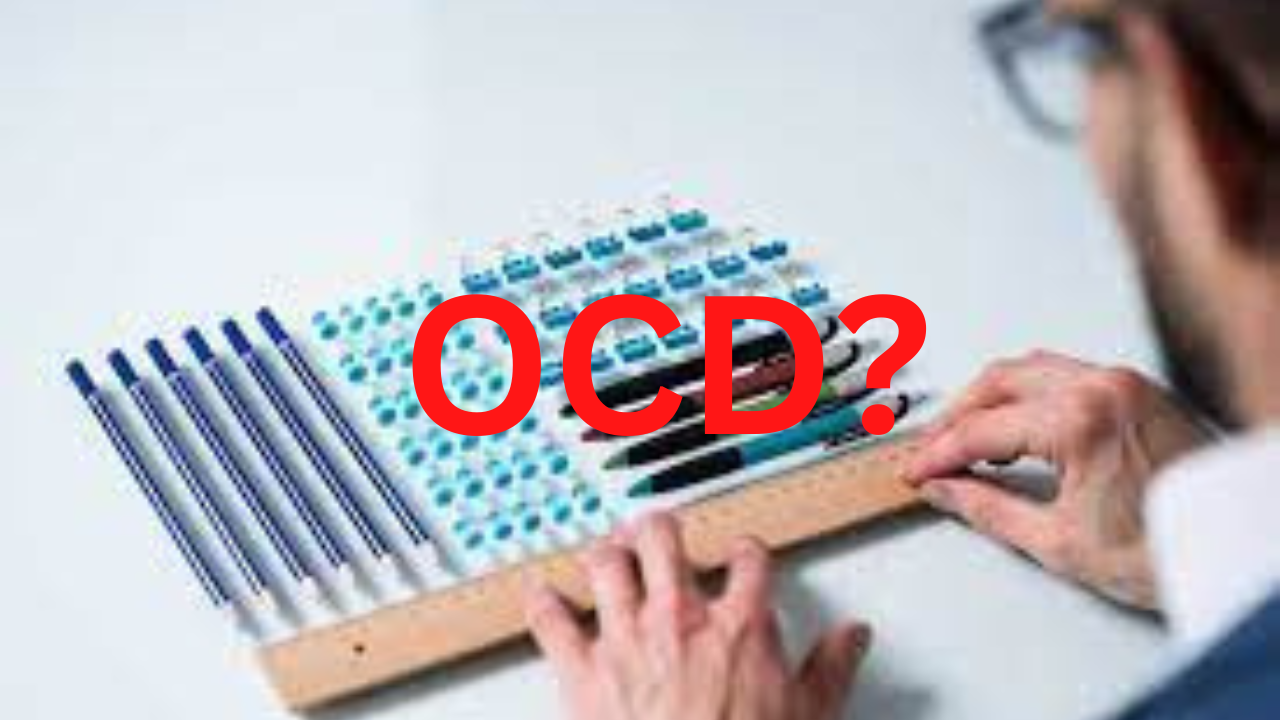Obsessive-compulsive disorder (OCD) is a condition in which you have frequent unwanted thoughts and sensations (obsessions) that cause you to perform repetitive behaviors (compulsions). The repetitive behaviors can significantly interfere with social interactions and performing daily tasks.
It is usually a life-long (chronic) condition, but symptoms can come and go over time.
Everyone experiences obsessions and compulsions at some point. For example, it’s common to occasionally double-check the stove or the locks. People also often use the phrases “obsessing” and “obsessed” very casually in everyday conversations. But OCD is more extreme. It can take up hours of a person’s day. It gets in the way of normal life and activities. Obsessions in OCD are unwanted, and people with OCD don’t enjoy performing compulsive behaviors.
Who does it affect?
OCD can affect anyone. The average age of onset is 19 years. About 50% of people with OCD begin to have symptoms in childhood and adolescence.
It’s rare for someone to develop OCD after the age of 40.
What are the symptoms?
The main symptoms of OCD are obsessions and compulsions that interfere with normal activities. For example, symptoms may often prevent you from getting to work on time. Or you may have trouble getting ready for bed in a reasonable amount of time.
You may know that these symptoms are problematic, but you can’t stop them. Symptoms of OCD may come and go, ease over time or worsen over time.
If you or your child have symptoms of OCD that interfere with your/their daily life, you should talk to a healthcare provider.
Obsessions
In OCD, obsessions are unwanted, intrusive thoughts or mental images that cause intense anxiety. People with OCD can’t control these thoughts. Most people with OCD realize that these thoughts are illogical or irrational.
Common examples include:
- Fear of coming into contact with perceived contaminated substances, such as germs or dirt.
- Fear of causing harm to yourself or someone else because you’re not careful enough or you’re going to act on a violent impulse.
- Unwanted thoughts or mental images related to sex.
- Fear of making a mistake.
- Excessive concern with morality (“right or wrong”).
- Feelings of doubt or disgust.
- Excessive concern with your sexual orientation or gender identity.
- Need for order, neatness, symmetry or perfection.
- Need for constant reassurance.
Compulsions
Compulsions are repetitive actions that you feel like you have to do to ease or get rid of the obsessions.
People with it don’t want to perform these compulsive behaviors and don’t get pleasure from them. But they feel like they have to perform them or their anxiety will get worse. Compulsions only help temporarily, though. The obsessions soon come back, triggering a return to the compulsions.
Compulsions are time-consuming and get in the way of important activities that you value. They don’t have to match the content of your obsessions.
Examples include:
- Arranging things in a very specific way, such as items on your dresser.
- Bathing, cleaning or washing your hands over and over.
- Collecting or hoarding items that have no personal or financial value.
- Repeatedly checking things, such as locks, switches and doors.
- Constantly checking that you haven’t caused someone harm.
- Constantly seeking reassurance.
- Rituals related to numbers, such as counting, doing a task a specific amount of times, or excessively preferring or avoiding certain numbers.
- Saying certain words or prayers while doing unrelated tasks.
Compulsions can also include avoiding situations that trigger obsessions. One example is refusing to shake hands or touch objects that other people touch a lot, like doorknobs.
How is it treated?
The most common treatment plan involves talk therapy and medication.
https://my.clevelandclinic.org/health/diseases/9490-ocd-obsessive-compulsive-disorder




